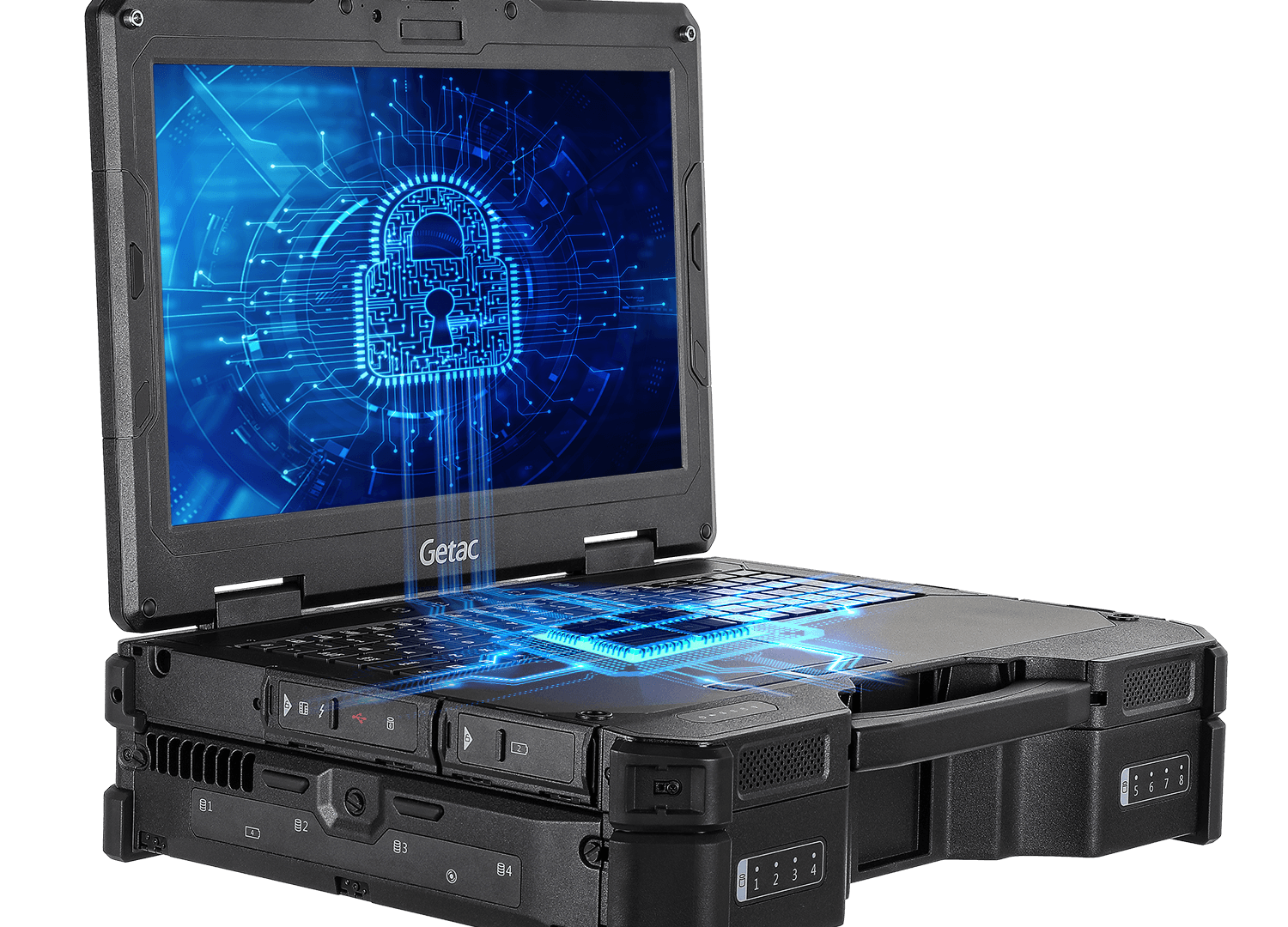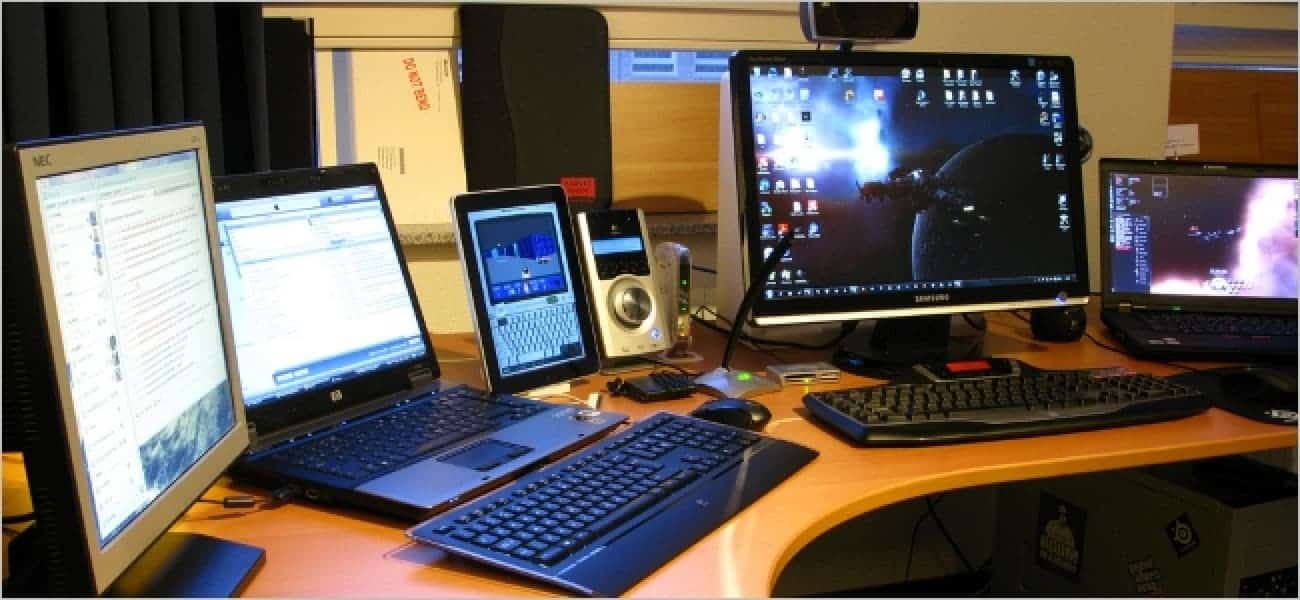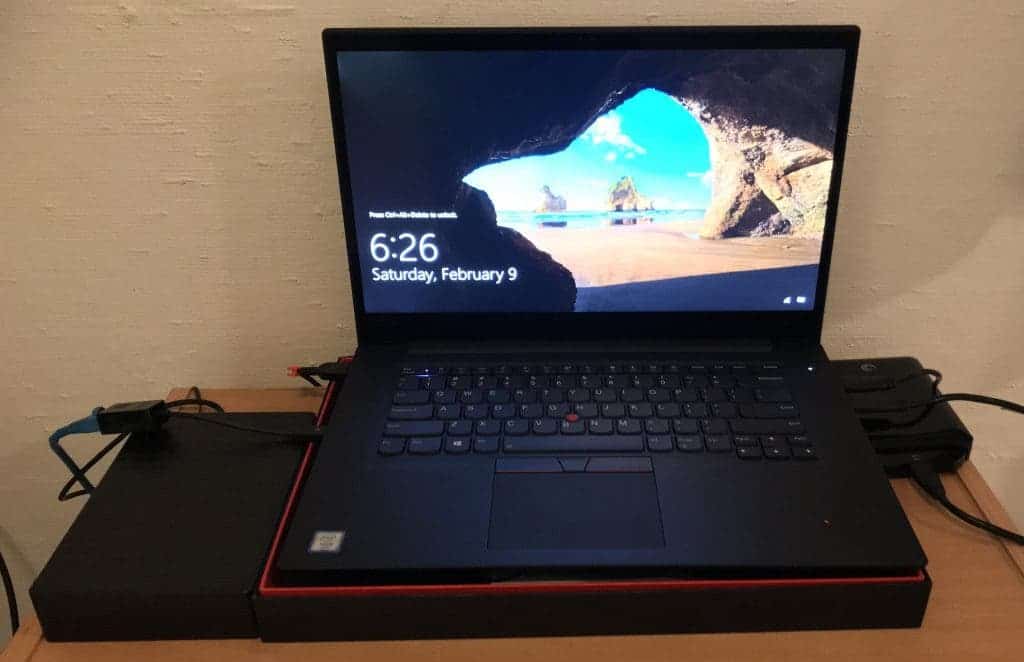If you’re considering the idea of using a laptop as a home server, you’ll be glad to know that Wolfgang has put together a comprehensive tutorial and overview of how he utilized the Ninker N16 Pro laptop for this purpose. While a laptop might not be your first thought when it comes to setting up a home server, their specifications are often more than sufficient for the job. The crucial question, however, is whether it can handle continuous operation and the varied demands of server use.
One key feature for modern servers is virtualization, and setting up Proxmox on the Ninker N16 Pro is a straightforward task. This platform enables the laptop to run multiple operating systems and virtual machines, essentially transforming it into a powerhouse capable of handling diverse server tasks. Performance tests have demonstrated that the Ninker N16 Pro can manage multiple tasks simultaneously without any issues, showcasing its capability as a reliable server.
Convert Your Laptop into a Server 
The Ninker N16 Pro provides a crucial level of BIOS customization, a necessity for a machine expected to run continuously. This flexibility empowers users to fine-tune the laptop’s settings for optimal server performance, a significant advantage for those seeking a reliable and efficient system. Durability is another critical factor for a home server, requiring a machine that can operate non-stop. The Ninker N16 Pro is constructed to meet such demands, and its extensive I/O options, featuring multiple USB ports and Ethernet connectivity, prove invaluable for connecting various peripherals and network devices.
The Ninker N16 Pro stands out in its capacity to rapidly transcode video, making it well-suited for those requiring a server that can handle media efficiently. This feature is especially critical for individuals looking to use their home server for entertainment purposes, ensuring smooth streaming and playback of media files. The laptop’s proficiency in this aspect positions it as an appealing choice for a home entertainment server.
Energy efficiency is another crucial consideration for running a home server. Servers that operate 24/7 can consume a substantial amount of power, leading to high electricity bills. The design of the Ninker N16 Pro prioritizes energy efficiency, surpassing many desktop PCs in this regard, potentially translating to significant savings on energy costs over time.
Factors to Consider Before Tuning your Laptop Into a Server
Using a laptop as a home server comes with specific considerations. It’s crucial to ensure that the laptop has BIOS support for continuous operation, sufficient connectivity for all necessary devices, and the capability to expand storage if required. The Ninker N16 Pro addresses these requirements and operates with minimal fan noise, making it well-suited for a quiet home environment.
Required Hardware
When considering a laptop for use as a home server, it’s important to:
1. Ensure the CPU is powerful enough for server tasks, such as the Ninker N16 Pro’s 12-core CPU.
2. Verify sufficient RAM, for example, 16GB, to facilitate multitasking and handle server applications.
3. Check the storage capacity and speed, such as a 1TB SSD, to support the data requirements of the server.
4. Confirm the laptop’s durability and reliability for continuous operation.
These factors contribute to the laptop’s capability to effectively serve as a reliable and high-performing home server.
Customizing and Managing BIOS
1. Utilize BIOS features that support continuous operation.
2. Configure power management settings to optimize for long-term use, ensuring the laptop remains operational.
3. Enable settings for automatic reboot and recovery in case of power failure, enhancing the server’s reliability and uptime.
These steps help ensure that the laptop operates seamlessly as a home server, providing continuous service and resilience to power-related issues.
Connection and Expansion Capabilities
1. Evaluate the availability and variety of ports, including USB and Ethernet, to ensure compatibility with peripherals and network connections.
2. Consider the need for external storage options and evaluate the laptop’s capability to connect additional hard drives.
3. Evaluate wireless connectivity options for flexibility in networking.
These considerations ensure that the laptop has the necessary connectivity and compatibility features to effectively serve as a home server for various tasks and connections.
Ability to Operate Virtually 
1. Check compatibility with virtualization platforms like Proxmox to enable versatile server capabilities.
2. Assess the laptop’s ability to efficiently run multiple operating systems and virtual machines, ensuring it can handle diverse server tasks effectively.
Media Handling Capabilities
1. Evaluate the laptop’s capability to handle media server tasks efficiently, particularly its ability to transcode video for seamless streaming.
2. Ensure that the laptop supports relevant media formats and codecs to provide compatibility with various types of media files.
Power Efficiency
1. Compare the laptop’s power consumption with that of traditional desktop servers.
2. Consider the potential impact on electricity costs, especially for continuous 24/7 operation.
This comparison helps assess the energy efficiency of the laptop in comparison to traditional server setups, providing insights into the potential long-term savings or costs associated with its operation.
Ability to Manage and Sustain Heat
1. Monitor noise levels, particularly important in a home environment where quieter operation is desirable.
2. Assess the laptop’s cooling systems to ensure they can effectively manage heat and prevent overheating, especially during continuous use as a server.
Operating System 
1. Choose an appropriate operating system for server use, such as Linux variants known for stability and flexibility.
2. Install and configure server-specific software and tools to optimize the laptop’s capabilities for various server tasks.
System Security
1. Implement robust security measures, including firewalls and reputable antivirus software.
2. Regularly update all software to safeguard against potential vulnerabilities and ensure the latest security patches are applied.
These security practices are essential to protect the home server and its data from potential threats, providing a secure and reliable environment.
Backup and Recovery Options
To ensure data protection and preparedness for unforeseen events, it’s important to:
1. Set up a reliable backup system to regularly safeguard critical data.
2. Plan for disaster recovery and data restoration processes in the event of hardware failure or other emergencies.
These measures help mitigate the risks associated with data loss and contribute to a resilient and well-prepared home server setup.
Maintaining and Monitoring
To maintain the optimal performance and health of a home server, it’s advisable to:
1. Schedule regular maintenance checks for both hardware and software components.
2. Utilize monitoring tools to keep track of server performance metrics, identifying potential issues before they impact operation.
Maintenance and monitoring practices contribute to the longevity and reliability of the home server, ensuring it operates efficiently over an extended period.
Network Configuration and Management
1. Configure network settings for both optimal performance and security.
2. Plan for scalability to accommodate increased server demand, allowing the server to handle growing workloads effectively.
Server Position 
Selecting an appropriate location for the home server involves:
1. Choosing a space with adequate ventilation to prevent overheating.
2. Minimizing dust in the environment to maintain optimal hardware conditions.
3. Ensuring the server is accessible for maintenance purposes while also securing it from unauthorized access.
Selecting the Reliable Server-Capable Laptop
The Ninker N16 Pro laptop stands out as a viable option for individuals seeking to establish a laptop-based home server. Its robust specifications, customizable features, energy-efficient design, and compatibility with virtualization using Proxmox make it a compelling choice compared to traditional desktop servers. Whether the goal is data management, running a media center, or hosting websites, the Ninker N16 Pro demonstrates that a laptop can effectively fulfill the role of a home server.

